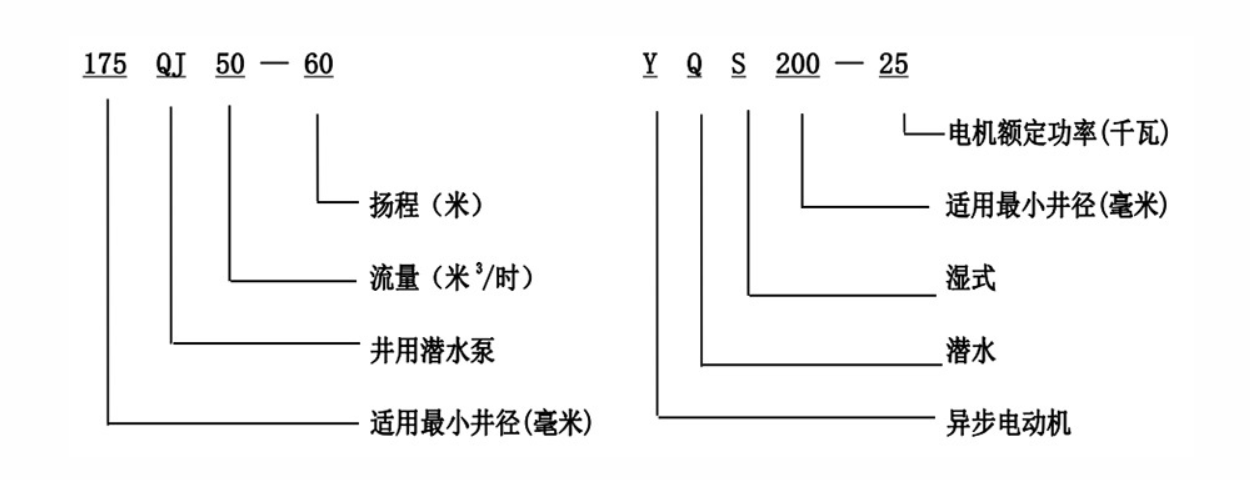ធ្នូ . 15, 2024 09:35 Back to list
how to pull a deep well submersible pump
How to Pull a Deep Well Submersible Pump A Step-by-Step Guide
Pulling a deep well submersible pump can be a daunting task, especially if you have never done it before. Submersible pumps are designed to sit submerged in water at depths that can often exceed hundreds of feet. However, maintenance, troubleshooting, or replacement may require you to pull the pump from its depths. Here’s a detailed guide to help you safely and effectively pull a deep well submersible pump.
1. Prepare for the Task
Before getting started, gather the necessary tools and equipment. You’ll need
- A suitable hoisting system (e.g., a crane or lift) - Wrenches and pliers - A tape measure - A bucket - Safety gear (gloves, goggles, hard hat)
Ensure that you have access to the well head where the pump is located. Clear any debris or obstacles to create a safe working environment.
2. Understand the Pump System
Before you begin pulling the pump, it’s essential to understand the system. Familiarize yourself with the type of pump you have, including its depth, size, and weight. Most submersible pumps are connected to a drop pipe that runs from the pump to the surface. Know where the electrical connections are located, as you’ll need to disconnect these before proceeding.
3. Turn Off Power Supply
Disconnect the power supply to the pump. This step is critical to ensure your safety. Locate the circuit breaker that controls the pump and switch it off. If your pump is connected to a control box, make sure to disconnect any electrical cables. Using a lockout/tagout device can provide an additional safety measure to prevent accidental re-energization.
4. Remove the Well Cap
Once the power supply is disconnected, remove the well cap. This may involve unscrewing bolts or removing screws. Be cautious when lifting the cap as it can be heavy and awkward. Set it aside in a safe location to prevent any damage.
5. Unfasten the Discharge Head
how to pull a deep well submersible pump

The discharge head is where the water exits the pump and connects to the piping that leads to your home or irrigation system. Use the appropriate tools to unfasten the bolts or clamps holding the discharge head in place. Carefully lift the discharge head from the well casing, ensuring not to damage any components.
6. Prepare to Pull the Pump
Make sure your hoisting system is securely set up. Attach a sturdy rope or lifting strap to the pump. If the pump has a top connector or handle, use that to ensure a secure grip. Ensure that the lifting apparatus is suitable for the weight of the pump.
7. Lift the Pump
With the hoisting system prepared and the pump securely attached, begin to lift the pump slowly and carefully. Keep an eye out for any resistance. If you encounter any snags or pulling, stop and investigate. It’s possible that there could be a blockage, kink in the drop pipe, or other issues.
8. Clean and Inspect
Once the pump is fully removed from the well, take a moment to inspect it for damage, wear, or any signs of failure. Clean off any dirt or debris that may have accumulated. This step is crucial for understanding the condition of the pump and whether repairs are needed before re-installation.
9. Test the Pump
If you plan to use the same pump, conduct a function test to ensure it operates correctly. Check for performance discrepancies, such as unusual noises or inconsistent water output. If you notice any issues, consider repairing or replacing the pump.
10. Reinstalling or Replacing the Pump
When reinstalling the pump, reverse the steps outlined above. Ensure that all connections are secure and the power is reconnected in the correct order. If you are installing a new pump, follow the manufacturer's instructions carefully.
Conclusion
Pulling a deep well submersible pump is a challenging yet manageable task with the right preparation and knowledge. Always prioritize safety and ensure that you follow all necessary precautions during the process. By adhering to the steps outlined above, you can effectively pull and replace your deep well submersible pump with confidence.
-
Submersible Water Pump: The Efficient 'Power Pioneer' of the Underwater World
NewsJul.01,2025
-
Submersible Pond Pump: The Hidden Guardian of Water Landscape Ecology
NewsJul.01,2025
-
Stainless Well Pump: A Reliable and Durable Pumping Main Force
NewsJul.01,2025
-
Stainless Steel Submersible Pump: An Efficient and Versatile Tool for Underwater Operations
NewsJul.01,2025
-
Deep Well Submersible Pump: An Efficient 'Sucker' of Groundwater Sources
NewsJul.01,2025
-
Deep Water Well Pump: An Efficient 'Sucker' of Groundwater Sources
NewsJul.01,2025
-
 Submersible Water Pump: The Efficient 'Power Pioneer' of the Underwater WorldIn the field of hydraulic equipment, the Submersible Water Pump has become the core equipment for underwater operations and water resource transportation due to its unique design and excellent performance.Detail
Submersible Water Pump: The Efficient 'Power Pioneer' of the Underwater WorldIn the field of hydraulic equipment, the Submersible Water Pump has become the core equipment for underwater operations and water resource transportation due to its unique design and excellent performance.Detail -
 Submersible Pond Pump: The Hidden Guardian of Water Landscape EcologyIn courtyard landscapes, ecological ponds, and even small-scale water conservancy projects, there is a silent yet indispensable equipment - the Submersible Pond Pump.Detail
Submersible Pond Pump: The Hidden Guardian of Water Landscape EcologyIn courtyard landscapes, ecological ponds, and even small-scale water conservancy projects, there is a silent yet indispensable equipment - the Submersible Pond Pump.Detail -
 Stainless Well Pump: A Reliable and Durable Pumping Main ForceIn the field of water resource transportation, Stainless Well Pump has become the core equipment for various pumping scenarios with its excellent performance and reliable quality.Detail
Stainless Well Pump: A Reliable and Durable Pumping Main ForceIn the field of water resource transportation, Stainless Well Pump has become the core equipment for various pumping scenarios with its excellent performance and reliable quality.Detail
